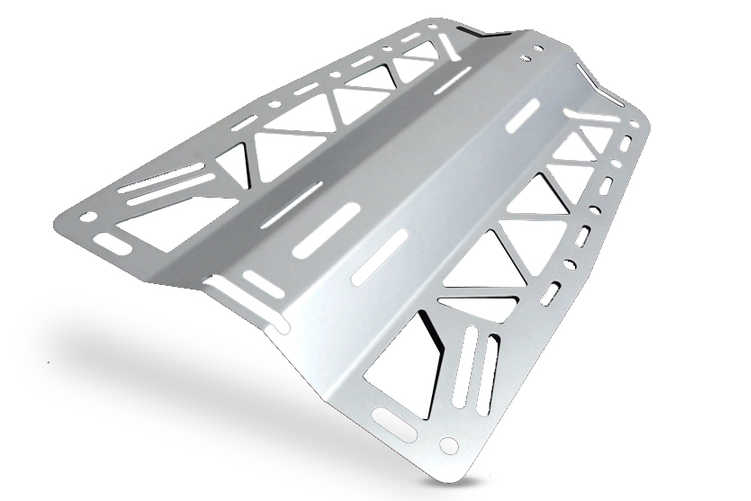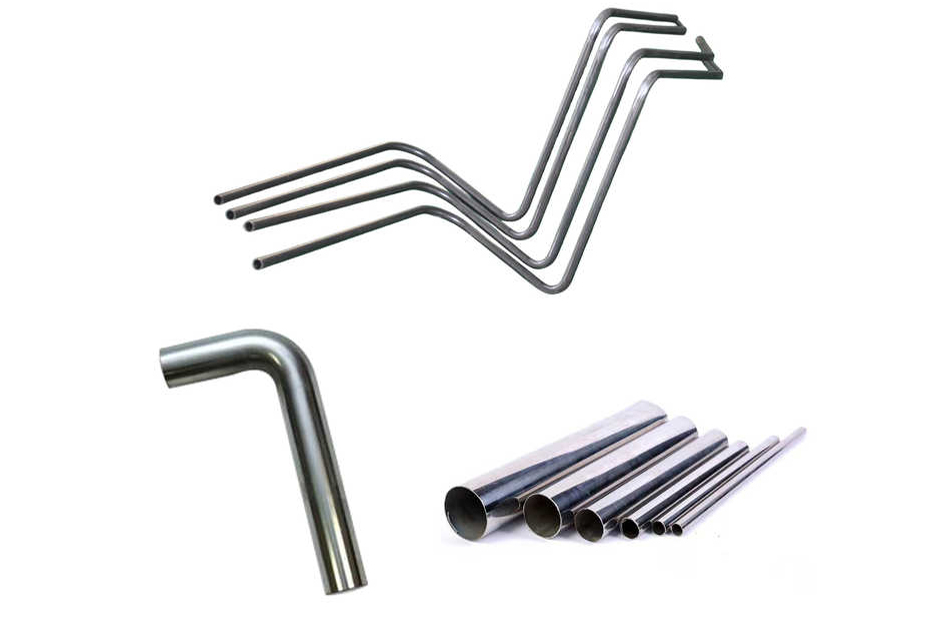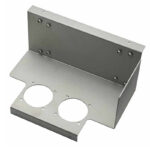
Metal bending
November 22, 2023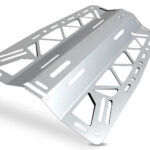
Metal Fabrication Equipment
November 24, 2023Metal Fabrication Techniques: Enhancing Precision and Efficiency
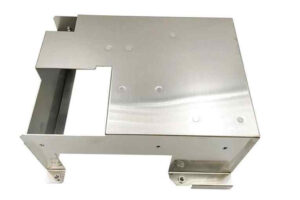
Metal fabrication is a complex and crucial process in the manufacturing industry, involving various techniques to shape, join, and assemble metal components. Over the years, advancements in technology have revolutionized metal fabrication, enabling manufacturers to achieve higher levels of precision, productivity, and cost-effectiveness. In this article, we will explore some of the most commonly used metal fabrication techniques, highlighting their benefits and applications.
1. Cutting Techniques:
1.1. Laser Cutting:
Laser cutting has become one of the most popular metal cutting techniques due to its exceptional accuracy and versatility. This non-contact method employs a high-powered laser beam to melt, burn, or vaporize the material, creating intricate and precise cuts. With computer-controlled systems, complex shapes can be achieved with minimal material wastage.
1.2. Plasma Cutting:
Plasma cutting utilizes a jet of ionized gas to cut through electrically conductive metals. It offers faster cutting speeds compared to traditional methods and enables efficient cutting of thicker materials. Plasma cutting is widely used in industries such as automotive, construction, and shipbuilding.
2. Forming Techniques:
2.1. Bending:
Bending is a metal forming technique that involves applying force to deform the material and create a desired shape. Press brakes, rolls, and specialized bending machines are commonly used in this process. Bending is utilized in various applications, including architectural components, furniture manufacturing, and sheet metal fabrication.
2.2. Stamping:
Stamping, also known as pressing, involves using a high-pressure press to shape metal sheets or coils into desired forms. This technique is frequently employed for mass production of components such as car parts, appliances, and electronic devices. Stamping offers high repeatability, fast production times, and excellent dimensional accuracy.
3. Joining Techniques:
3.1. Welding:
Welding is the process of joining two or more metal pieces together by applying heat and/or pressure. It is widely used in industries such as construction, automotive, and aerospace. Various types of welding methods, including MIG, TIG, and arc welding, are chosen based on factors such as the metal type, joint strength requirements, and cost considerations.
3.2. Brazing:
Brazing involves joining metal components using a filler material that has a lower melting point than the base metals. The filler material is heated above its melting point, allowing it to flow and form a strong bond between the parts. Brazing offers advantages such as minimal distortion, good corrosion resistance, and the ability to join dissimilar metals.
4. Machining Techniques:
4.1. CNC Machining:
Computer Numerical Control (CNC) machining utilizes computer-controlled machines to automate the manufacturing process. This technique enables precise cutting, drilling, and shaping of metal components based on digital design specifications. CNC machining offers high repeatability, complex part geometries, and faster production times.
4.2. CNC Tapping:
CNC tapping is a specific CNC machining technique used to create internal threads in metal components. It involves rotating a tap tool at a controlled speed and feed rate to cut threads into pre-drilled holes. CNC tapping ensures accurate thread dimensions, eliminates the risk of human error, and results in consistent thread quality.
Conclusion:
Metal fabrication techniques play a crucial role in various industries, enabling manufacturers to create precise, durable, and efficient metal components. Whether it’s cutting, forming, joining, or machining, each technique has its unique advantages and applications. By leveraging these advanced techniques, manufacturers can enhance productivity, reduce costs, and deliver high-quality products to meet the demands of modern-day manufacturing.


